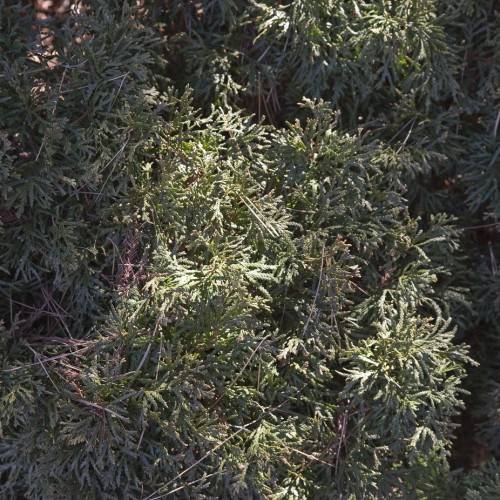
American arborvitae
Thuja occidentalis 'Recurva Nana'
Cycle:
Perennial
Watering:
Frequent
Hardiness Zone:
2 - 7
Flowers:
Flowers In Spring
Sun:
Full sun, Part sun/part shade
Soil:
Sandy Loamy Clay Rocky
Cones:
Yes
Leaf:
Yes
Growth Rate:
Moderate
Maintenance:
Low
Care Level:
Low
watering
American arborvitae is an evergreen species that requires consistent moisture throughout the growing season. During the spring and summer months, water American arborvitae at least once weekly, allowing the soil to dry out slightly between waterings. During the winter months, only water the plant when the soil is dry. If rainfall is sufficient, supplemental watering may not be necessary. Make sure the plant is receiving at least 1 inch of water per week.
sunlight
American arborvitae (Thuja occidentalis 'Recurva Nana') needs full sun for best growth, but tolerates light shade. During the growing season, it should be exposed to at least 5 to 6 hours of direct sun per day. In winter, when the plant is dormant, it can handle slightly less sunlight, so 4 hours a day is sufficient. American arborvitae can also benefit from some afternoon shade, especially in hot climates.
pruning
American arborvitae should be pruned in late winter or early spring (February or March), before the spring growth begins. Pruning can be done every 3 to 5 years, depending on the purpose. The arborvitae will benefit from regular light pruning in order to maintain its natural pyramidal form. It’s best to remove over-long side branches, deadwood, and buds that would grow out of proportion to the shape. Make sure to prune back into the green wood and avoid removing more than half of the height of the tree. When pruning, always use sharp, clean garden tools to avoid damage to the branches.
